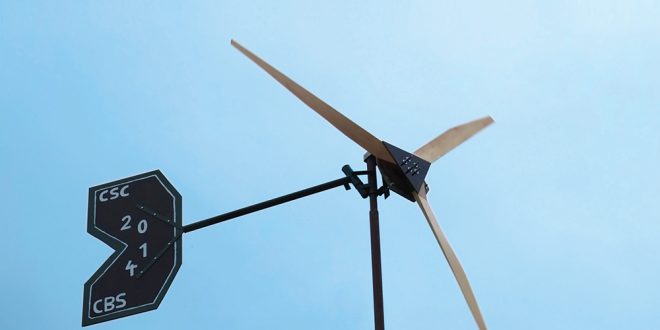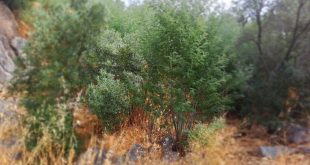Recipe for finding your way – Building a small wind turbine
Have you and your children ever built a wind turbine that generates clean energy?
If not, you now have a unique opportunity to sign your children up for a do-it-yourself workshop for the summer of 2017.
The target group consists of middle-level pupils and their teachers, from years 8 and 9, aged between 14 and 16.
Participation in the ECO123 workshop “I build my own wind turbine” is free of charge if as a parent and teacher you help to support the crowdfunding campaign to finance it.
In the spring of 2017, we will need 5,000 euros to pay for materials.
The workshop will be held in Portugal.
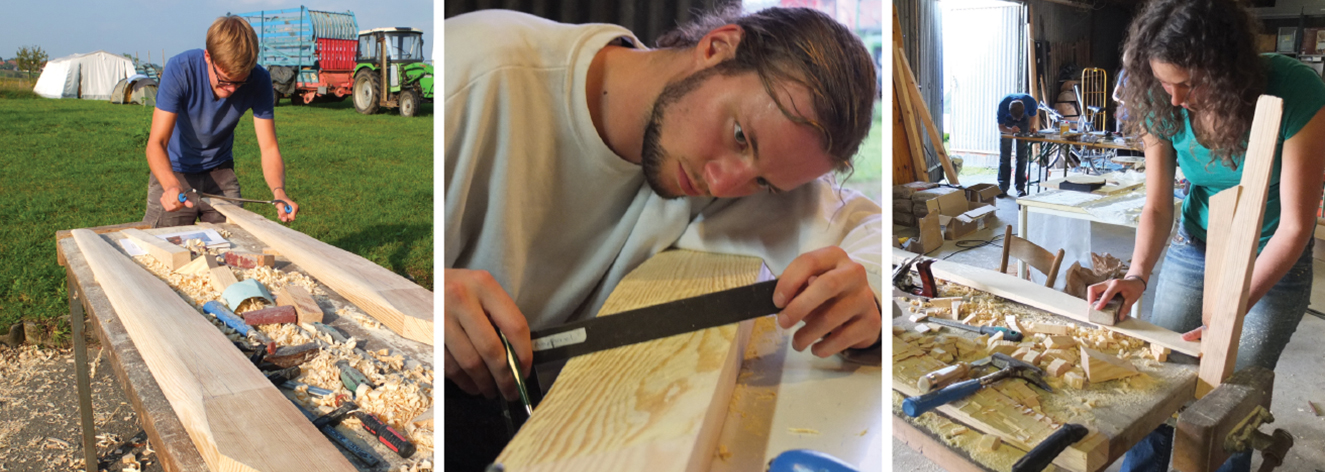
The great seafarers Vasco da Gama and Ferdinand Magellan knew how to take advantage of the power of the wind. They used the wind to sail down the coasts to the south, or across the big pond and around the world to make new discoveries and make their country famous all over the world. Today the world has been surveyed and people only sail as a hobby or for money. But wind power is still put to good use today. Wind power plants for producing electricity have sprouted from the ground like green grass in the spring, to meet the demand for energy over the coming years. We are witnessing a shift towards the increased use of natural and renewable resources, so that there will continue to be a place for us on earth in the future too.
54.9 percent of Portugal’s energy requirements come from renewable sources (as at 2014). Wind and water power technologies account for most of it. It makes Portugal one of the leading countries in the EU. The continued expansion of renewable energy will continue to make the country less dependent on energy imports and thus sets the course for a future-oriented energy supply. However, renewable energy means more than just a change in electricity supply. It is a statement by society about the desire of its citizens for self-determination and an independent, decentralised supply. Nowadays, many households can already meet their requirements for heating and electricity with solar and photovoltaic systems, and in addition sell the excess energy. The “energy change from below” is the energy change that motivates individuals most, and allows everyone to benefit.
Life is full of crossroads, my teacher once told me, which makes you ask later on where the other roads would have led to. After I finished school, I also stood at a crossroads. With my brand new certificate in my hand, I asked myself – what next, what do I feel is my vocation? Further training, or study? It is interesting to look back and see what has happened so far, and still imagine what a different path might have led to. I hope I’m not the only one who thinks like this.
During my studies, I learned a lot about renewable energy: what we need it for, how it is built, and above all how it functions. But most of the time it was very theoretical and rarely went beyond desk-bound ideas. Two years ago, our student group started putting the theory we had learned into practice. In workshops with young people and adults, we build small, ten-metre-high wind turbines each generating around 900 watts. Our goal is not only to construct the turbines from local resources for generating electricity on the ground, but to show the participants their potential and abilities. It is a guide to reproducing small wind turbines for one’s home, with the family or neighbours, and an orientation for young people who will soon be entering the world of work. Manual work is fun and the variety of tasks arouses people’s interest in new things.
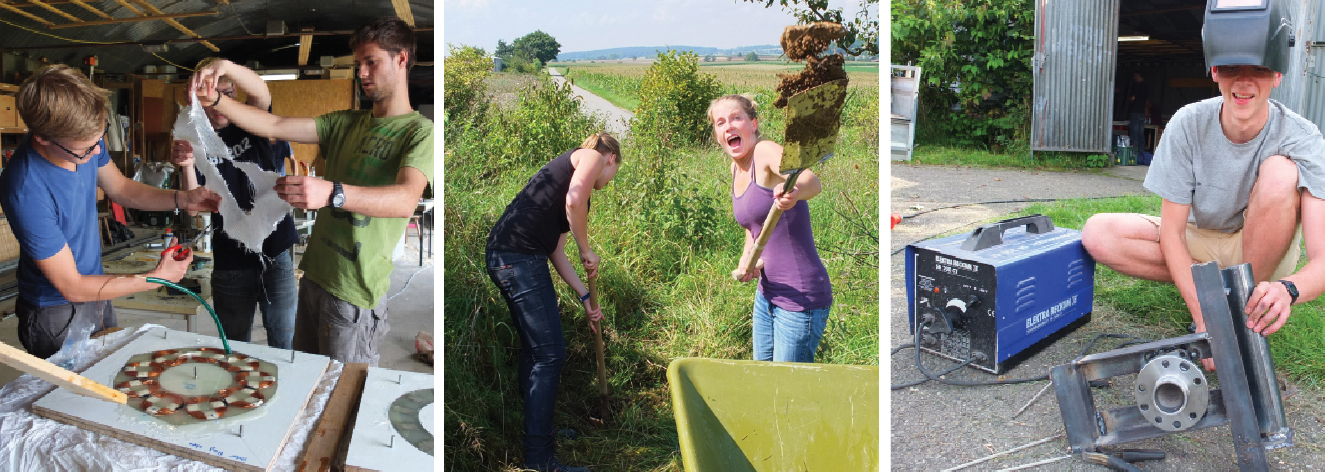
Depending on the number of participants (15 – 20 people), the small wind turbines are built in eight to ten days. The participants work on the mostly recycled materials at five different hubs and, in between times, are given short, easily remembered learning units with theoretical background knowledge about building wind turbines.
•The three blades are made of wood. With the help of templates, two-metre beams are shaped with saws, planes and sandpaper, until the desired aerodynamic profile is achieved. The shape of the blade is the key to the system’s efficiency. The more accurate and cleaner the profile, the more power can be derived from the wind by the turbine.
•The tower consists of a mast and the housing, a nacelle. This requires mainly metalworking skills, such as welding, cutting and angle grinding. Special attention has to be paid to securing the nacelle against storms. For a durable system, the work must be done exactly in accordance with the technical drawings.
•The foundations give the turbine the necessary stability so that it remains vertical in severe storms. Six holes are dug out for this and filled with reinforced concrete.
•The generator turns the energy that comes from the wind via the rotor blades into electricity. A generator is made using coils, magnets and resin. When the generator turns, electricity is generated in the coils through the movement of the magnetic fields.
•Finally, the electricity must be made usable for consumers. A storage device such as a battery with control technology stores the electricity that is generated, which can be drawn from it when needed.
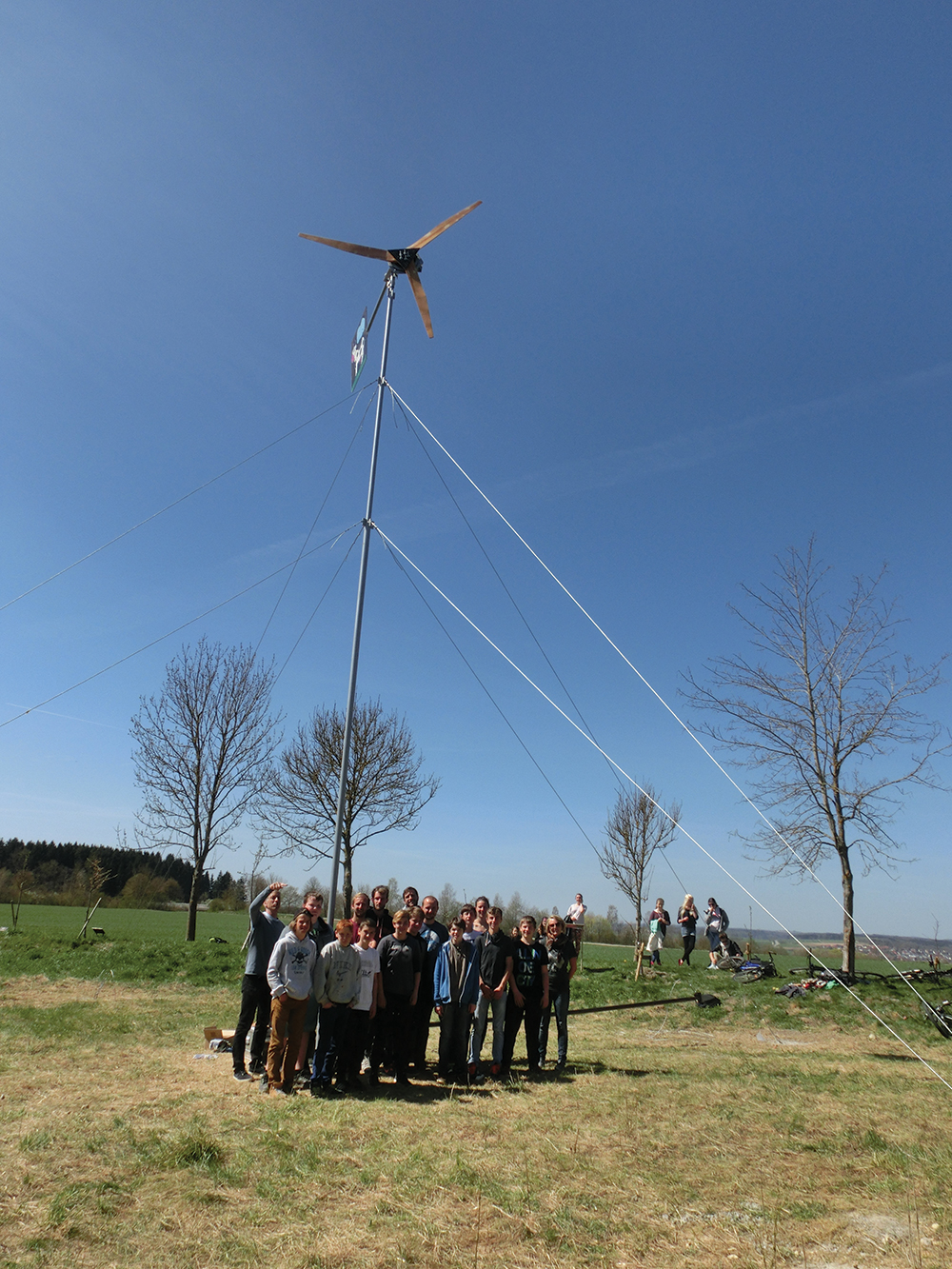 The different manual skills used during the construction of the turbine enable the young participants to rediscover their interests and abilities. In this way, they gain an insight into the work of occupations such as carpenters, metalworkers, reinforced concrete workers, electricians, mechanics, technical draughtspeople and engineers, and learn to work in a team on the job. After erecting the turbine, and when the first wind blows to turn the turbine, the young people are visibly proud of what they have created with their own hands.
The different manual skills used during the construction of the turbine enable the young participants to rediscover their interests and abilities. In this way, they gain an insight into the work of occupations such as carpenters, metalworkers, reinforced concrete workers, electricians, mechanics, technical draughtspeople and engineers, and learn to work in a team on the job. After erecting the turbine, and when the first wind blows to turn the turbine, the young people are visibly proud of what they have created with their own hands.
When the old seafarers put to sea, they wouldn’t have known what obstacles lay ahead of them. They took with them a desire for discovery and adventure, as well as fears about the future, and often returned with new experiences. Future generations will also have to find their way, whether at work or in social issues such as power supplies. Our task as adults is to show them the possibilities and to support them on their way. Will you join in?
Email: lenz@eco123.info
 Eco123 Revista da Economia e Ecologia
Eco123 Revista da Economia e Ecologia

